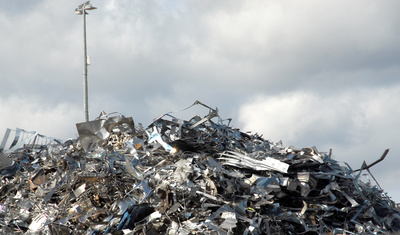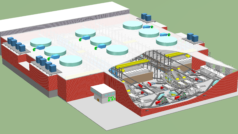A common thread running through most stainless steel scrap markets, he added, was that supply was “extremely tight” while margins were “becoming ever tighter”.
The meeting in Berlin, chaired by the BIR Stainless Steel & Special Alloys Committee’s Chairman Joost Van Kleef of Oryx Stainless, featured another “fireside chat” hosted by Barry Hunter of Hunter Alloys LLC. His guests were: Salvatore Pinizzotto, Director of Market Research and Statistics at the International Nickel Study Group; and Jason Schenker, founder and President of leading commodity and financial research firm Prestige Economics.
During their conversation, Pinizzotto contended that the “new normal” of slower economic growth in China could lead to “rationalisation” within the country’s stainless steel sector. At the same time, he foresaw limited growth potential for the stainless industry outside of China, describing Europe’s problems as “structural rather than cyclical”.
Schenker declared himself to be “sceptical” about China’s ability to absorb all of its stainless steel production, creating the possibility that producers would choose to continue to sell even at a severe loss in some instances. This was “a scary thought”, Hunter admitted to delegates.
Earlier, Pinizzotto had provided the meeting with an analysis of world nickel market trends and perspectives in which he projected that the metal would register a “small” deficit of around 49,000 tonnes in 2016 following four years of more significant surpluses. Having argued that a sustained reduction in the substantial level of stocks would hold the key to nickel price developments, he noted that six consecutive quarters of surplus had been followed by a tiny deficit for January-March 2016.
Pinizzotto also highlighted China’s increasing preference for primary nickel over scrap in 2015 – a trend which he expected to continue in the current year. The country had accounted for 52% of the world’s primary nickel usage last year as compared to 15% only a decade earlier, his presentation also confirmed.







